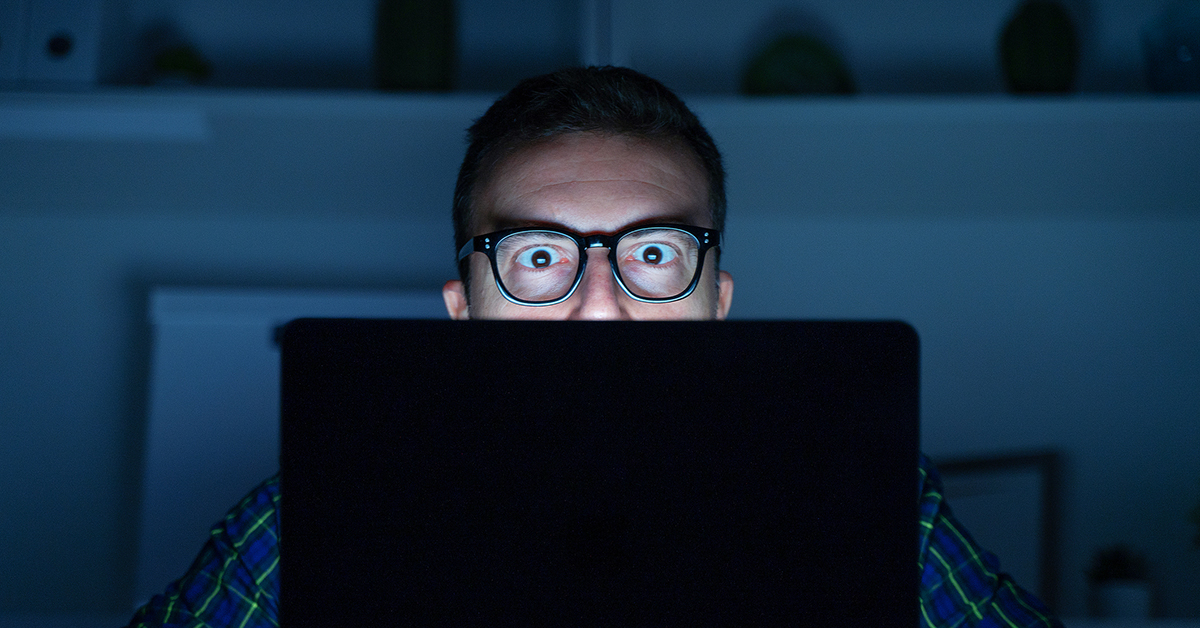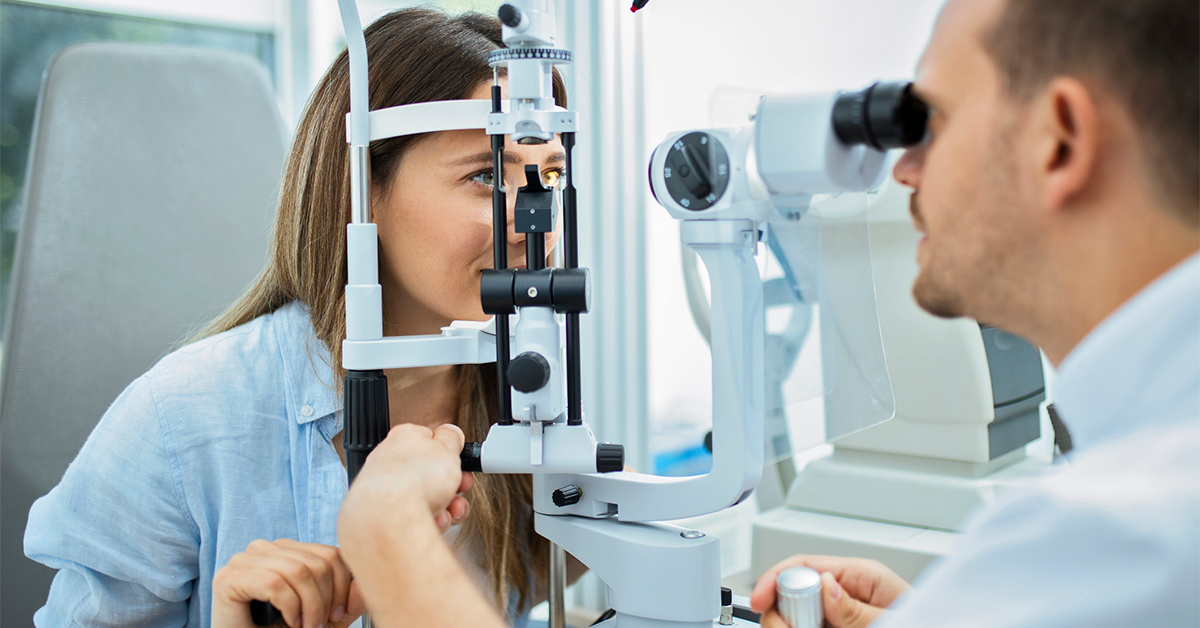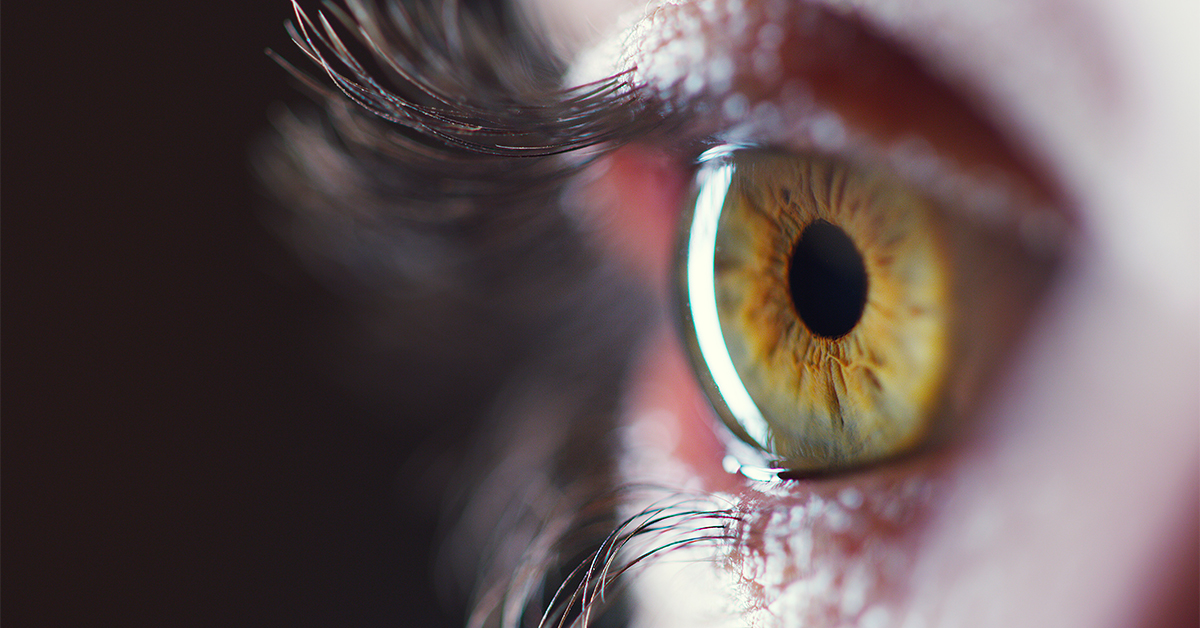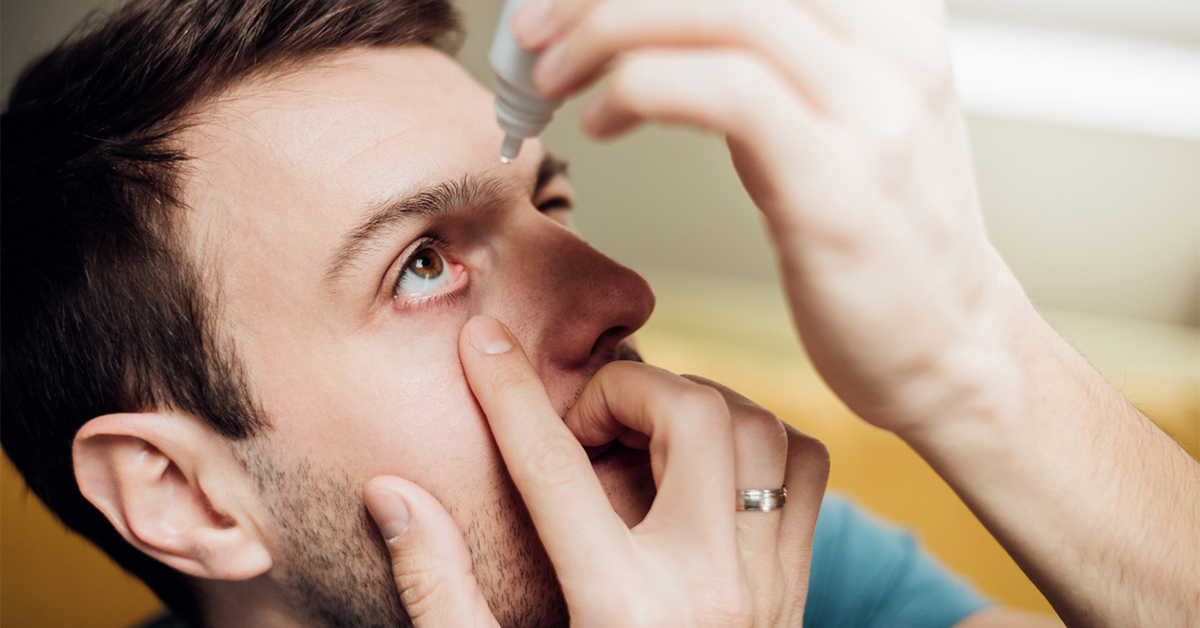Most people know to protect their eyes and skin from ultraviolet (UV) rays. But the damage caused by blue light is not widely known – and yet high-energy blue light waves are nearly as powerful as UV waves.
Overview of light waves
The visible light spectrum includes the colors red, orange, yellow, green, blue, indigo and violet or ROY G BIV. These colors combined make the white light you see when the sun is shining. Most blue light comes from the sun, but light bulbs, specifically fluorescent and light-emitting diodes (LED), also emit blue light.
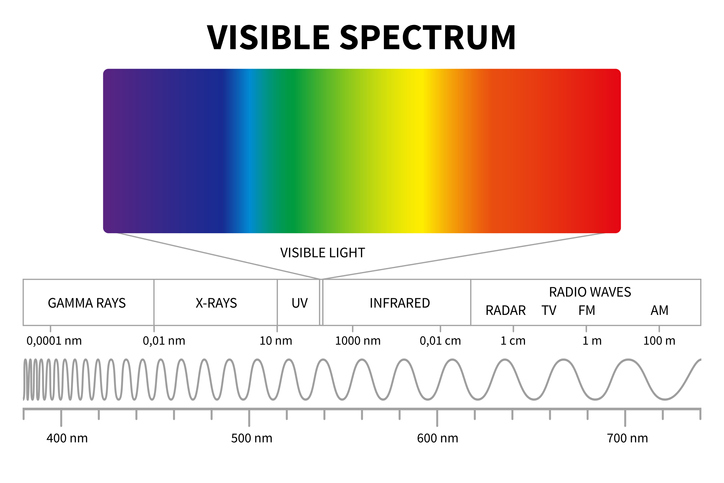
The different colors all have varying wavelengths and energy levels. The longer the wave, the less energy it transmits. Blue light has very short, high-energy waves that are measured in nanometers. According to some research, blue light with wavelengths between 415 and 455 nanometers is linked to worsening eye discomfort including dry eye, visual fatigue and nearsightedness.
Smartphones, TVs, and tablets have blue light and most of the light from the LEDs used in these devices is between 400 and 490 nanometers. Given their widespread use, these devices are exposing people to more blue light than ever before.
Concerns about blue light and eye damage
Human eyes do have structural features that protect them from some kinds of light. The cornea and lens guard the retina from damaging UV rays. But the structures do not keep blue light from entering the eye. Given the amount of time people spend using blue-light-reliant digital screens and devices — and particularly at close range — experts are worried about the effects of blue light on overall eye health.

Given the relatively recent ubiquity of screens, we don’t yet know the long-term effects of constant blue-light exposure. Studies suggest that continued exposure to blue light over time could damage retinal cells. This could potentially lead to vision problems like digital eye strain.
As the amount of time the average person spends on their electronic devices increases, symptoms related to digital eye strain such as headaches and eye surface dryness are also increasing. When using electronic devices for extended periods of time, we tend to blink less often, resulting in increased dry eye symptoms and associated strain on the visual system. Experts believe that digital eye strain affects up to 50% of device users. Children, whose visual focusing system is often not as well-developed as adults, are particularly susceptible to the effects of eye strain with this increased use of electronic devices, both at home and at school.
People might have these symptoms when experiencing eye strain:
- Dry eyes
- Sore or irritated eyes
- Tired eyes
- Headaches
- Facial muscles fatigued by squinting
Blue light can also affect your sleep cycles, which is why most digital handheld devices have a blue-light filter and experts recommend technology-use practices that limit sleep disruption.
How to limit blue light exposure
There are ways to lower digital eye strain. Below are recommendations from the American Academy of Ophthalmology:
- Make sure your eyes stay moist: Don’t let your eyes get too dry. Use eye drops such as artificial tears and keep a humidifier running.
- Take a 20/20/20 approach: When using a blue-light-emitting device, pause every 20 minutes to focus on objects that are 20 feet away. Look at these objects for 20 seconds before resuming your screen time.
- Avoid squinting while looking at screens: Adjust the size of the font or whether you use your prescriptions for up-close screen time. Most glasses are formulated for longer distances. Squinting at screens is not recommended for overall eye health.
- Change screens’ blue light: Most handheld devices have settings that replace blue light with warmer tones. There are also blue-light-filtering screens that you can place over your computer screens.
Health benefits of blue light
People do need some blue light exposure, as there are important health benefits. Blue light:
- Helps you stay alert and boosts memory and cognitive function.
- Regulates circadian rhythm, the body’s natural wake and sleep cycle.
- Potentially helps improve seasonal depression.
- Helps with some skin conditions such as acne and plaque psoriasis.
As is the case with many aspects of life, the key is moderation and to make sure you’re not getting too much of a good thing. If you have any questions regarding blue light and its effect on your eyes, please contact your partners at the Welia Health Eye Care Center. And if you’re experiencing eye strain and the tips above do not alleviate it, please make an appointment with our team by calling 320.679.2020.


